Hola una vez más.
Hi again.
Hi again.
En el siguiente enlace podéis ver nuestros próximos viajes fotográficos y de observación de aves y mamíferos nacionales y al extranjero. Espero que os gusten y os animéis a venir conmigo. Una experiencia que nunca olvidareis.
In the following link you can see our next national and foreign Birds and Mammals photographic and observation trips. I hope you like them and I encourage you to come with me. An experience that you will not forget.
En esta primera parte del blog os muestro lo que pude fotografiar en el viaje programado del 26 de mayo al 4 de junio. He decidido hacer dos partes pues hay muchas fotos, a pesar de ser mi tercer viaje, y me es más fácil hacerlo así.
In this first part of the blog I show you what I was able to photograph on the trip scheduled from May 26 to June 4. I have decided to do two parts because there are many photos, despite being my third trip, and it is easier for me to do it this way.
También lo voy a hacer por cada día de estancia en Noruega y Finlandia. Pasamos 7 días en Noruega y 2 en Finlandia.
I will also do it for each day of stay in Norway and Finland. We spent 7 days in Norway and 2 in Finland.
El tiempo fue muy variable y tuvimos días fríos, otros, muy variable pues de repente salía el sol y lugo acababa muy nublado incluso con algo de lluvia. De todos modos, las temperaturas no tan frías como en el viaje del 2019. También había mucha menos nieve que en los dos años precedentes pero aun no había mosquitos, gracias a Dios.
The weather was very variable and we had cold days, others, very variable because suddenly the sun came out and then it ended up very cloudy even with some rain. Anyway, the temperatures not as cold as the 2019 trip. There was also much less snow than the previous two years but still no mosquitoes, thank Good.
Viernes 26 de mayo: Madrid, Ivalo, Båtsfjord.
Friday May 26: Madrid, Ivalo, Båtsfjord.
Friday May 26: Madrid, Ivalo, Båtsfjord.
Llegamos a Ivalo con una hora de retraso lo que hizo que llegásemos al hotel en Båtsfjord bastante tarde. Ya en el camino nos entretuvimos con los primeros avistamientos. Este año no vimos ningún urogallo común (Tetrao
urogallus) pues la primavera estaba muy avanzada y las hembras debían estar incubando. A ver si en el viaje del año que viene tenemos más suerte.
We arrived at Ivalo an hour late, which meant that we arrived at the hotel in Båtsfjord quite late. Although during the way we were entertained by the first sightings. We did not see any Western Capercaillie this year as spring was well advanced and females must have been incubating. Let's see if we have more luck on next year's trip.
Me hizo mucha ilusión que en camino de ida al hotel pudiésemos ver a nuestro primer cárabo gavilán (Surnia
ulula). Además, lo estuvimos observando durante bastante tiempo sin que el ave recelase de nuestra presencia.
I was very excited that on the way to the hotel we could see our first Northern
Hawk-owl . In addition, we were observing it for quite some time without the Bird being suspicious of our presence.
También vimos varios alces europeos (Alces alces) aunque no pude tener una buena foto de ninguno de ellos. Son muy grandes.
We also managet to spot several European Elk although I couldn't get a good photo of any of them. They are really big.
Llegamos al hotel, el de la foto, cenamos y salí a dar una pequeña vuelta pues como no se hace de noche me apeteció estirar un poco las piernas. Estas fotos las tome a las 00:30 del día 27.
We arrived at the Hotel, the one in the photo, we had dinner and I went out for a little walk because since it doesn't get dark I wanted to stretch my legs a bit. These photos were taken at 00:30 on the 27th.
El puerto que hay delante del hotel.
The Port in front of the Hotel.
Sábado 27 de mayo: Kongsfjord, Berlevåg, Store Molvik.
Saturday May 27: Kongsfjord, Berlevåg, Store Molvik.
Saturday May 27: Kongsfjord, Berlevåg, Store Molvik.
El tiempo estuvo regular por la mañana y por la tarde salió el sol. Vista de donde crían una pareja de halcones gerifaltes (Falco
rusticolus), que desgraciadamente no pudimos ver.
The weather was so so in the morning and in the afternoon the sun came out. View of where a pair of Gyrfalcons (Falco rusticolus) breed, which unfortunately we could not see.
El observatorio que hay allí para observar sin molestar.
The observatory that is there to scope without disturbing.
Durante el recorrido por carretera, pudimos ver varias parejas de lagópodo alpino (Lagopus
muta). En todas las parejas vistas, el macho tenía más plumaje invernal que la hembra, es decir, que estaba más blanco que la hembra.
During the road trip, we were able to spot several pairs of Rock Ptarmigan. In all pairs seen, male had more winter plumage than female, that is, hi was whiter than the female.
También pudimos observar varios machos de lagópodo común escandinavo (Lagopus
lagopus). No vimos ninguna hembra.
We were also able to observe several males of Willow
Ptarmigan. We did not see any female.
Los primeros flaropo picofino (Phalaropus
lobatus) que veíamos. Yo me imaginé que veríamos algunos ejemplares más cera, como así sucedió.
The first Red-necked
Phalarope that we saw. I imagined that we would see some more wax specimens, as it happened.
Vimos una foca.
We saw a Seal.
Araos aliblancos (Cepphus
grylle).
Black Guillemot.
Un bonito cisne cantor (Cygnus
cygnus).
A beautiful Whooper Swan.
Son increíbles los chorlitos dorados europeos (Pluvialis
apricaria) en plumaje reproductor.
European
Golden Plover in breeding plumage are amazing.
En este viaje vimos varios bisbitas gorjirrojo (Anthus
cervinus) pero no obtuve ninguna buena foto de ellos.
On this trip we saw several Red-throated Pipits but I did not get any good photos of them.
Bisbita pratense (Anthus
pratensis).
Meadow
Pipit.
En pleno centro de las ciudades, las gaviotas tridáctilas (Rissa tridactyla) hacen sus colonias de cría. Son abundantísimas.
In the heart of the cities, Black-legged
Kittiwake make their breeding colonies. They are very abundant.
Este fue el único colimbo ártico (Gavia arctica) que vimos en Varanger. Una pena que no hubiese estado más cercano.
This was the only Black-throated
Diver we saw in Varanger. A pity that it had not been closer.
Esta pareja de lagópodo alpino (Lagopus
muta) nos deleitó con una cópula pero yo no estaba atento y no capté el moento.
This pair of Rock Ptarmigan delighted us with a copulation but I was not attentive and did not catch the moment.
Estaba entretenido observado unos patos Havelda (Clangula
hyemalis) que por cierto vimos pocos. En la foto un macho.
I was entertained by observing some Long-tailed
Duck that by the way we saw few. In the photo a male.
La hembra es la de la derecha.
The female is the one on the right.
Domingo 28 de mayo: Båtsfjord, Høyholmen, Tana Bru y Vestre Jakobselv.
Sunday May 28: Båtsfjord, Høyholmen, Tana Bru and Vestre Jakobselv.
Algunas panorámicas de los sitios que visitamos.
Some views of the placess we visited.
Este día teníamos que ir hacia el sur y por la mañana se puso el tiempo tan frio y ventoso que decidimos irnos más al sur a ver si mejoraba el tiempo.
This day we had to go south and in the morning the weather got so cold and windy that we decided to go further south to see if the weather improved.
Págalo parasito (Stercorarius
parasiticus) morfo claro.
Pale morph Arctic Skua.
Colimbo chico (Gavia stellata). Hay que ver la diferencia que tienen todos los colimbos en plumaje nupcial si los comparamos con el plumaje de invierno. Son mucho más bonitos.
Red-throated
Diver. The difference that all Divers have in breeding plumage is impressive when compared to their winter plumage. They are much prettier.
Solo vimos una pareja de escribanos nivales (Plectrophenax
nivalis) y hacia tanto viento que no nos bajamos de la furgoneta. A la hembra no me dio tiempo de fotografiarla pues se fueron enseguida.
We only saw a couple of Snow Buntings and it was so windy that we didn't get out of the van. I did not have time to photograph the female because they left immediately.
Un macho de porrón bastardo (Aythya
marila). El único que vimos.
A male Greater Scaup. The only one we saw.
Nuestro primer macho de ruiseñor pechiazul (Luscinia
svecica svecica). Como habréis observado he puesto la subespecie pues los ejemplares que se ven en Varanger tienen una mancha rojiza en la garganta. Los que vemos en España pertenecen a la subespecie Luscinia
svecica cyanecula en los que o no tienen mancha o es blanca.
Our first male Bluethroat (Luscinia svecica svecica). As you will have observed, I have put the subspecies because the specimens that are seen in Varanger have a reddish spot on the throat. Those that we see in Spain belong to the subspecies Luscinia svecica cyanecula in which they either have no spot or it is white.
Y también nuestros primeros machos de combatientes (Calidris
pugnax) en plumaje nupcial. En esta ocasión no vimos ningún leek pues como hacia mucho viento no se estaban exhibiendo.
And also our first male Ruff in breeding plumage. On this occasion we did not see any leek because as it was very windy, they were not exhibiting themselves.
Es increible la diferencia que estas aves tienen en su plumaje. Donde más se nota la diferencia es en la gola y los penachos cefálicos. Ya veréis en el segundo blog la cantidad de variaciones que puede haber.
It is incredible the difference that these birds have in their plumage. Where the difference is most noticeable is in the ruff and head tufts. You will see in the second blog the number of variations that can be.
Un macho de pato havelda (Clangula
hyemalis).
A Long-tailed
Duck male.
Durante nuestro viaje vimos muchos ostreros euroasiáticos (Haematopus
ostralegus).
During our trip we saw many Eurasian
Oystercatcher.
Un zarapito real (Numenius
arquata).
An Eurasian Curlew.
Vimos varias lavanderas blancas (Motacilla
alba).
We saw several White
Wagtail.
Chorlitejo grande (Charadrius
hiaticula).
Great
Ringed Plover.
Un grupo de eideres comunes (Somateria
mollissima).
A group of Common Eider.
Lunes 29 de mayo: Hamningberg, Sandfjord y Persfjord
Monday May 29: Hamningberg, Sandfjord y Persfjord
Algunos de los sitios que visitamos.
Some of the places we visit
Vimos bastantes liebre ártica (Lepus arcticus).
We saw quite a few Arctic Hare.
Algunas aun tenían bastante pelaje de invierno.
Some still had plenty of winter fur.
Solo vimos 3 ejemplares de eider menor (Polysticta
stelleri), se trataba de tres ejemplares de primer año. Dos machos en los extremos y una hembra en el centro.
We only saw 3 Steller's
eider specimens, they were three first-year specimens. Two males at the ends and a female in the center.
También había muchos pigargos europeos (Haliaeetus
albicilla).
There were also many White-tailed
Eagle.
Se espantaban en cuanto parabas la furgoneta.
They freaked out as soon as you stopped the van.
Un adulto en su nido.
An adult in its nest.
En el nido se veía que había al menos un pollo.
In the nest it was seen that there was at least one chick.
Búho campestre (Asio flammeus).
Short-eared
Owl.
Un cisne cantor (Cygnus
cygnus) en su nido. Hacen unos nidos muy voluminosos.
A Whooper Swan on its nest. They make bulky nests.
Había muchas serretas grandes (Mergus merganser).
There were many Goosander.
Los machos de reno (Rangifer tarandus) estaban en correal.
Male reindeer (Rangifer tarandus) were on velvet.
Págalo parasito (Stercorarius
parasiticus) morfo oscuro.
Arctic Skua dark morph.
Y este otro morfo claro.
And this one plae morph.
Una pareja de pato havelda (Clangula
hyemalis).
A pair of Long-tailed
Duck.
Un grupo lejano de negrones especulados (Melanitta
fusca).
A distant group of Velvet
Scoter.
Una foca gris (Halichoerus grypus).
A gray seal.
Araos aliblancos (Cepphus
grylle).
Black Guillemot.
De los correlimos, los más abundantes eran os correlimos oscuros (Calidris
maritima).
Of the Sandpipers, the most abundant were the Purple Sandpiper.
Este grupo de cormoranes moñudos (Phalacrocorax
aristotelis) estaba pescando.
This group of European Shag was fishing.
Colimbo chico (Gavia stellata).
Red-throated
Diver.
Ostrero euroasiático (Haematopus
ostralegus).
Eurasian
Oystercatcher.
Un charrán ártico (Sterna
paradisaea).
An Arctic Tern.
Un págalo parásito (Stercorarius
parasiticus) morfo oscuro andaba persiguiendo a los charranes árticos (Sterna paradisaea) para que regurgitara algún pez.
A dark morph Arctic Skua was chasing Arctic terns to regurgitate some fish.
Y dos machos de cerceta común (Anas
crecca).
Ant two males Common
Teal.
Martes 30 de mayo: Vardø y Hornøya
Tuesday May 30: Vardø and Hornøya
La isla de Hornøya.
Hornøya Island.
En la Isla.
In the Island.
Vardø's pretty harbor.
Al salir del hotel vimos a este grupo de ánsares campestre (Anser
fabalis).
Leaving the hotel we saw this group of Bean
Goose.
En el puerto de Vardø estaba este gavión hiperbóreo (Larus hyperboreus).
In the port of Vardø was this Glaucous
Gull.
Como el barco no salía hasta las 12 hacia la Isla de Hornøya, dimos un paseo por el pueblo de Vardø.
Since the ship did not leave until 12 o'clock for Hornøya Island, we took a walk through the town of Vardø.
Pigargo europeo (Haliaeetus
albicilla).
White-tailed
Eagle.
Un arao aliblanco (Cepphus
grylle).
A Black Guillemot.
En el puerto había muchísimas gavotas tridáctilas (Rissa tridactyla). Veías colonias de cría en muchos edificios y en el propio pueblo.
In the port there were many Black-legged
Kittiwake. You could see breeding colonies in many buildings and in the town itself.
Un vídeo de las gaviotas tridáctilas.
A video of the Black-legged Kittiwake.
Y este otro de una de las colonias de cría en el Puerto.
And this one from one of the breeding colonies in the harbour.
Y por fin llegamos a la deseada Isla de Hornøya.
And finally we arrived at the desired Hornøya Island.
Ni que decir tiene que es sobrecogedor llegar y ver la cantidad de aves que en esta pequeña isla se reproducen. Además, la mayoría de especies se han acostumbrado a la presencia humana y las puedes hacer fotos incluso con el teléfono móvil como luego veréis en los vídeos que saqué.
It is overwhelming to arrive and see the number of Birds that breed on this small island. In addition, most species have become accustomed to human presence and you can take photos of them even with your mobile phone, as you will see later in the videos I took.
Arao común (Uria
aalge) sin brida.
Common Guillemot without flange.
Este si tiene brida, esa llamativa raya blanca detrás del ojo.
This one does have a flange, that striking white stripe behind the eye.
Un video de los araos comunes (Uria aalge).
A video of the Common Guillemot.
Los cuervos grandes (Corvus corax) no pararos de hostigar a este inmaduro de pigargo europeo (Haliaeetus
albicilla).
Common Raven did not stop harassing this immature White-tailed
Eagle.
Gavión atlántico (Larus marinus).
Great black-backed
Gull.
Y este otro en su nido.
And this other one in its nest.
Alca común (Alca
torda).
Razorbill.
Me dio la impresión que este año había más frailecillo atlántico (Fratercula
arctica).
It seemed to me that this year there were more Atlantic Puffins.
Me gusta mucho poder ver a las aves tan cerca.
I really like being able to see Birds so close.
Los araos de Brünnich (Uria lomvia) nunca se ponen cerca para poderles sacar una buena foto y hay muchos menos que los comunes.
Brünnich's Guillemots (Uria lomvia) never come close to be able to take a good photo of them and there are far fewer of them than the common Guillemots.
Gaviota argéntea europea (Larus
argentatus).
European
Herring Gull.
Este ruiseñor pechiazul (Luscinia
svecica svecica) no paraba de cantar.
This Bluethroat was singing at all times.
En la parte mas al este de la isla, que es a su vez el punto mas oriental de toda Noruega, había varias parejas de barnaclas cariblancas (Branta
leucopsis).
In the eastern part of the island, which is in turn the easternmost point in all of Norway, there were several pairs of Barnacle Goose.
Y también de ánsares comunes (Anser
anser).
And also Greylag Geese.
Una pareja de eideres comunes (Somateria
mollissima).
A pair of Common
Eider.
También había muchos cormoranes moñudos (Phalacrocorax
aristotelis).
There were also many European Shags.
Es impresionante la cantidad de aves que alberga esta colonia.
The number of Birds that this colony houses is awesome.
Después de la visita a la isla hicimos un recorrido por la isla de Vardø. En la foto un zorzal real (Turdus pilaris).
After the island visit we took a tour of the island of Vardø. In the photo a Fieldfare.
Zorzal alirrojo (Turdus iliacus).
Redwing.
Ánsar común (Anser
anser).
Greylag
Goose.
Un grupo de negrones especulados (Melanitta
fusca).
A flock of Velvet
Scoter.
En el camino de vuelta al hotel, vimos ánsares campestres (Anser
fabalis).
On the way back to the hotel, we spot Bean
Geese.
Y con ellos también había ánsares piquicortos (Anser
brachyrhynchus) los dos ejemplares de la derecha.
And with them there were also Pink-footed
Goose the two specimens on the right.
Miércoles 31 de mayo: Komagværstranda, Ekkerøy y Vadsø
Wednesday May 31: Komagværstranda, Ekkerøy and Vadsø
El primer sitio que visitamos este día fue un lek de combatientes (Calidris
pugnax). He decidido dejar el tema del lek para el siguiente blog pues hice muchas fotos y este ya tiene demasiadas.
The first place we visited this day was a Ruff leek. I have decided to leave the subject of the leek for the next blog because I took many photos and this one already has too many.
Uno de los lagos que visitamos.
One of the lakes we visited.
Los clientes cuando estaban viendo el lek de combatientes (Calidris pugnax).
Customers when they were watching the Ruff lek.
Vista desde la colonia de cría de Ekkerøy con un secadero de pescado a la derecha.
View from the Ekkerøy breeding colony with a fish dryer on the right.
One of the males that was in the leek.
Vimos y sobre todo oímos muchos mosquiteros musicales (Phylloscopus trochilus).
We saw and especially heard a lot of Willow Warbler.
En el camino de ida vimos varios págalos parásitos (Stercorarius
parasiticus) el de la foto es de morfo claro.
On the way, we saw several Arctic Skua the one in the photo is a pale morph.
Y también págalo rabero (Stercorarius
longicaudus).
And also Long-tailed Skua.
Luego fuimos hasta una numerosísima colonia de cría de gaviotas tridáctilas (Rissa tridactyla). En una de las playas pudimos ver al fin un grupo de agujas colipintas (Limosa lapponica) en plumaje nupcial.
Then we went to a very large Black-legged
Kittiwake breeding colony. At one of the beaches we were finally able to see a group of Bar-tailed Godwit in breeding plumage.
Que bonitas se ponen.
How pretty they get.
Se ve que tenían mucha hambre.
It looks like they were very hungry.
Una pequeña parte de la colonia de cría.
A small part of the breeding colony.
Impresionante colonia de cría.
Awesome breeding colony.
Había varias parejas de collalba gris (Oenanthe
oenanthe). En la foto un macho.
There were several pairs of Northern
Wheatear. In the photo a male.
Gaviota tridáctila (Rissa tridactyla) en su nido. Este día el tiempo estuvo muy cambiante. Por la mañana hizo malo, luego salió el sol e hizo bastante calor y por la tarde se nublo y se puso a llover. Fijaos como sufrían las gaviotas con el calor.
Black-legged
Kittiwake on its nest. This day the weather was very changeable. In the morning it was bad, then the sun came out and it was quite hot and in the afternoon it clouded over and it started to rain. Look how the Seagulls suffered with heat.
Los cuervos grandes (Corvus corax) siempre encuentran algún huevo desatendido que robar.
Common
Ravens always find an unattended egg to steal.
Págalo parásito (Stercorarius
parasiticus) morfo oscuro.
Dark morph Arctic Skua.
Después visitamos otra playa. Había algunos correlimos comunes (Calidris
alpina) en un bonito plumaje nupcial.
Then we visit another beach. There were some Dunlins in a pretty breeding plumage.
Y también estaban los correlimos oscuros (Calidris
maritima).
And there were also the Purple Sandpiper.
Como hay tantas cornejas cenicientas (Corvus cornix) aun no había fotografiado ninguna.
As there are so many Hooded
Crow I hadn't photographed any yet.
Y por último vistamos Vadsø. En la foto un grupo de serretas grandes (Mergus merganser).
And finally we visit Vadsø. In the photo a group of Goosanders.
Y aunque habíamos visto ya más ejemplares de falaropo picofino (Phalaropus
lobatus), en esta ocasión vimos muchos y muy cerca. Una pena que estaba lloviendo y no había mucha luz.
And although we had already seen more specimens of Red-necked
Phalarope, this time we saw many and very close. A pity that it was raining and there was not much light.
Que bonitos están con su plumaje nupcial.
How beautiful they are with their breeding plumage.
Es una limícola muy atípica pues además de refugiarse en el invierno en alta mar, tienen dimorfismo sexual inverso en el que las hembras son más vistosas que los machos y practica la poliandria pues son los machos los que incuban y cuidan a los polluelos.
It is a very atypical wader because in addition to taking refuge in the winter on the high seas, it has inverse sexual dimorphism in which females are more showy than males and it practices polyandry since it is the males that incubate and takes care of the chicks.
También la cópula la realizan cuando flotan en el agua al igual que otras aves acuáticas.
Matting can be carried out when they float in water, like many Waterfowl.
También había varias parejas de porrón moñudo (Aythya
fuligula). En la foto un macho.
There were also several pairs of Tufted
Ducks. In the photo a male.
Una pareja.
A pair.
En la zona costera había bastantes eideres comunes (Somateria
mollissima).
In the coastal area there were quite a few Common
Eiders.
Que bonitos son.
How beautiful they are.
Los machos que no son adultos, presentan algunas plumas blancas que pueden varias dependiendo de cada individuo.
Males that are not adults have some white feathers that can vary depending on each individual.
Macho.
Male.
Macho y hembra.
Male and female.
En una pradera había muchos combatientes (Calidris pugnax). Por desgracia no estaban haciendo la parada nupcial.
In a meadow there were many Ruff. Unfortunately they were not displaying.
Un macho de escribano palustre (Emberiza
schoeniclus).
A male Common Reed
Bunting.
Este gavión atlántico (Larus marinus) había capturado un pez que parecía que no iba a poder tragárselo pero después de muchos zarandeos para matarlo se lo acabó comiendo.
This Great black-backed
Gull had caught a fish that seemed like it was not going to be able to swallow it, but after shaking it a lot to kill it, it ended up eating it.
Y como final de esta primer entrega de mi tercer viaje a Noruega y Finlandia os muestro este elegante cisne cantor (Cygnus
cygnus).
And as the end of this first part of my third trip to Norway and Finland I show you this elegant Whooper Swan.
Había una pareja y un ejemplar de primer año.
There was a pair and a first year specimen.
Si queréis suscribiros a este blog de los viajes que hacemos pincha en el siguiente enlace: Suscribirse y haz clic en ¿ Quieres suscribirte a nuestro blog?
If you want to subscribe to this post about the trips we do, click on the following link: Susbcribe and click on: Do you want to subscribe to our blog?
Espero que os haya gustado y hasta pronto.
I hope you like it and see you soon.







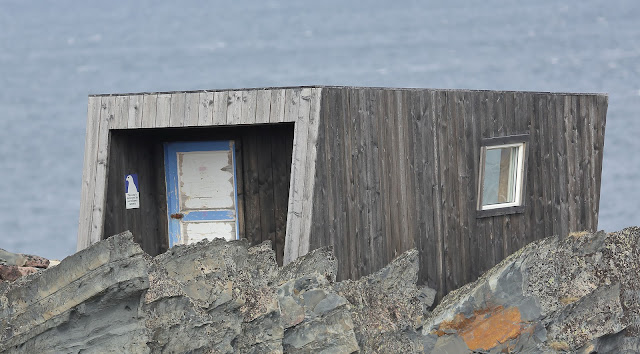
























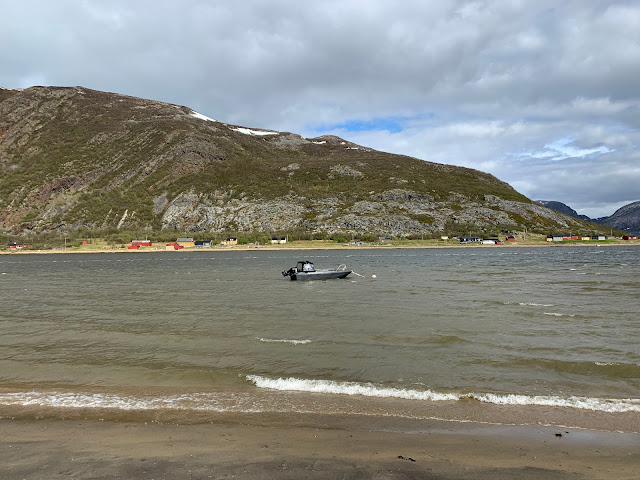


























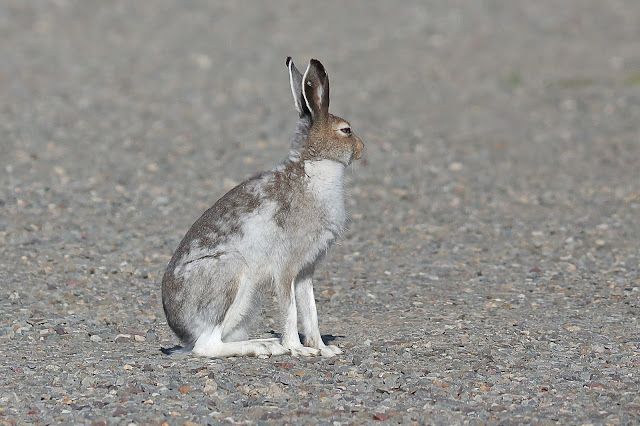






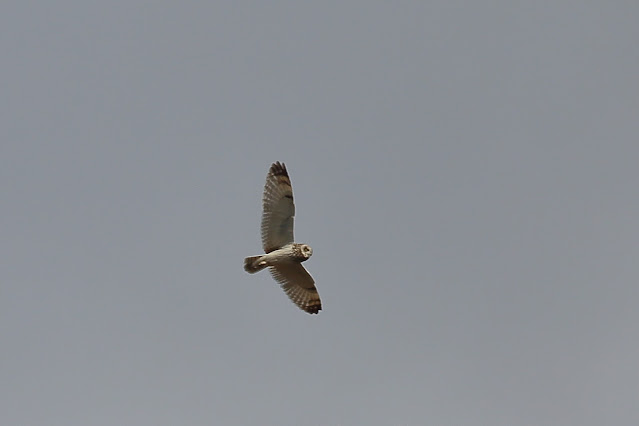

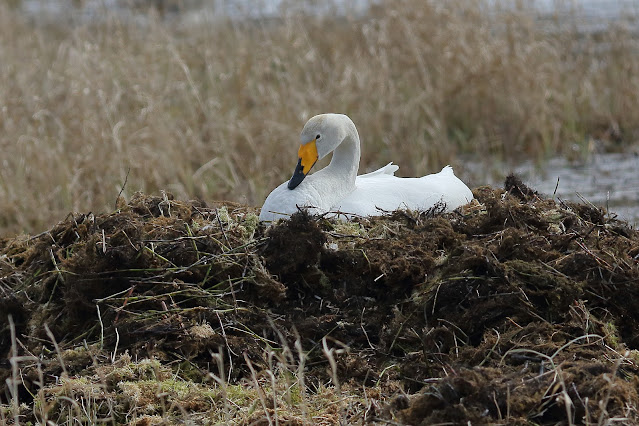






















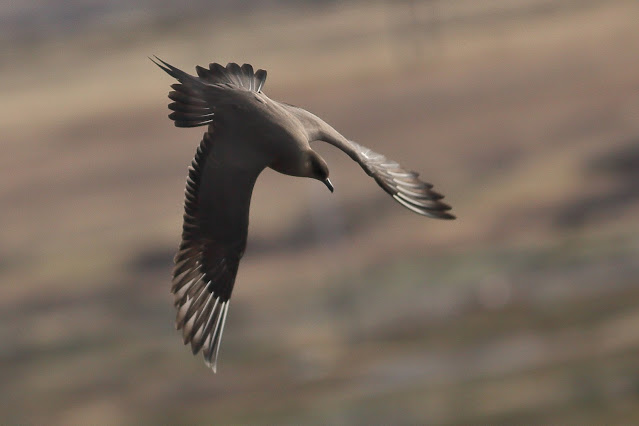
















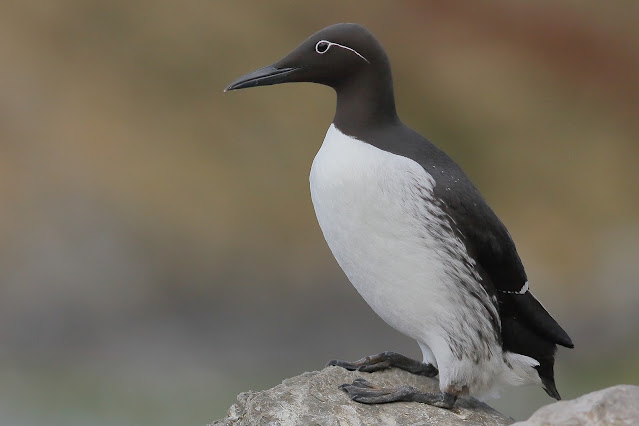
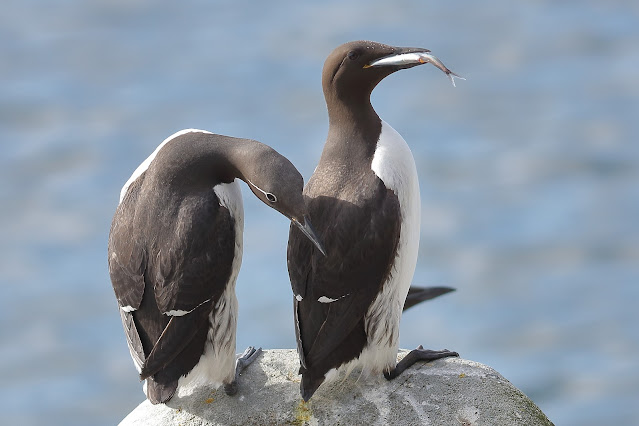











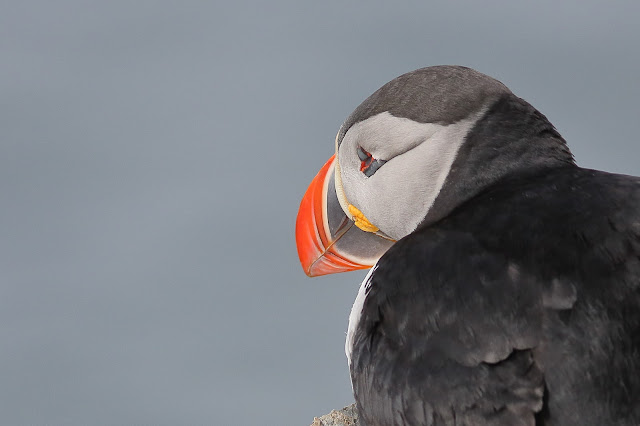































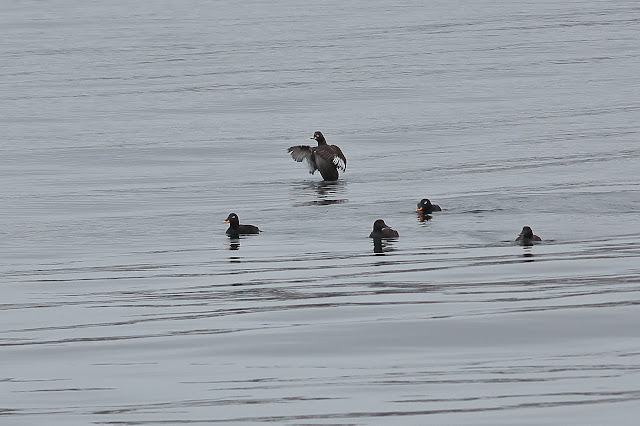












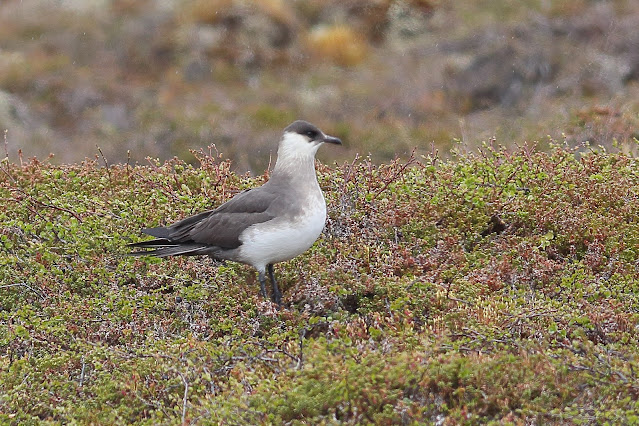
























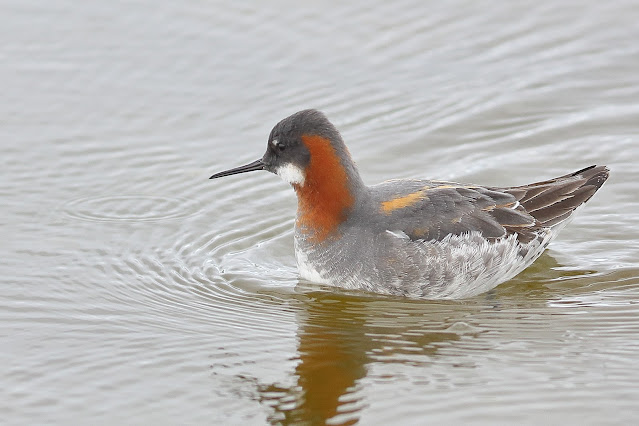




















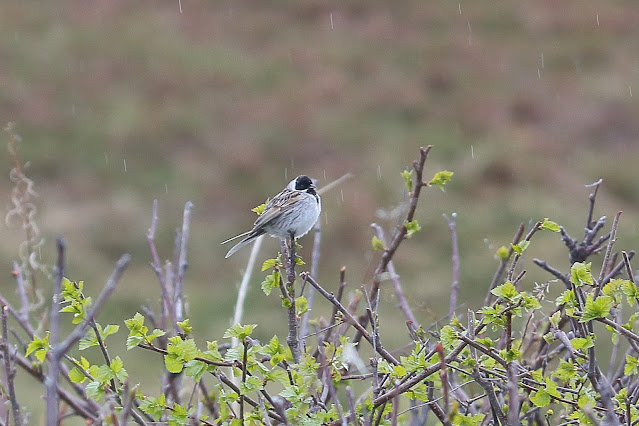






No hay comentarios:
Publicar un comentario